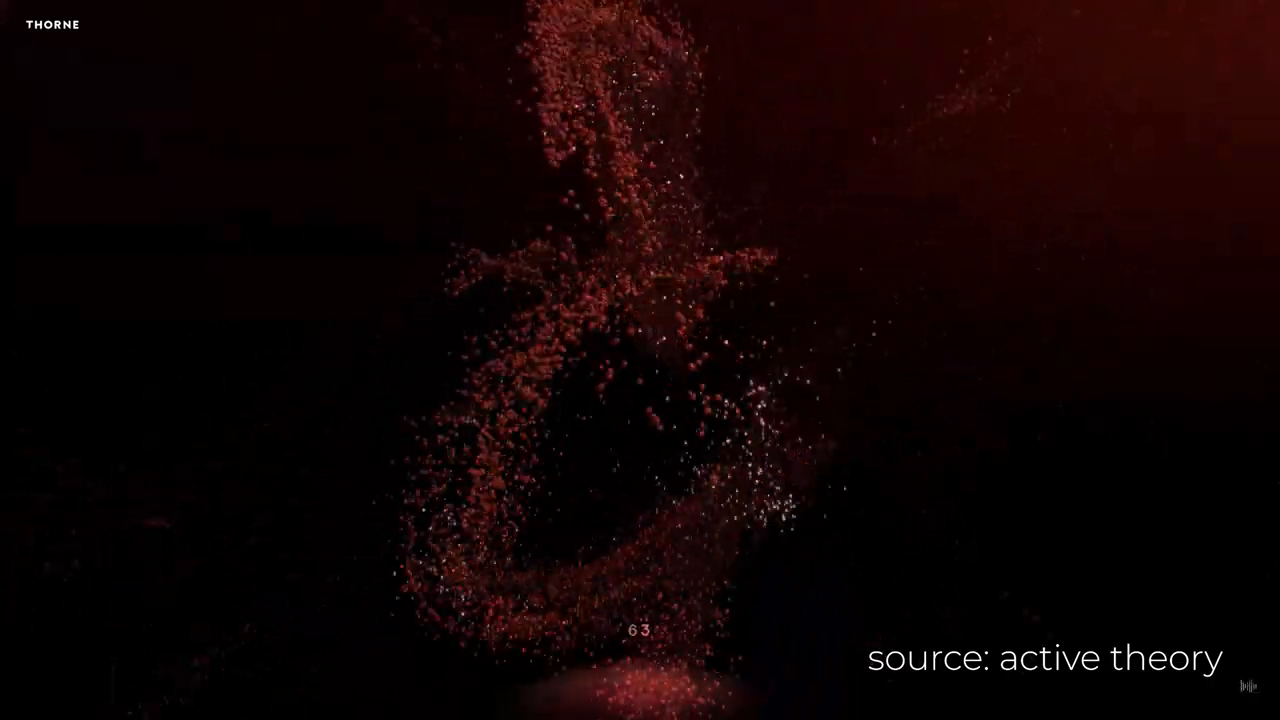Optimizing Three.js Scenes for Performance
In this video guide, we will delve into the world of performance optimization for Three.js scenes. As a developer with over five years of experience in Three.js and React Fiber, I have encountered many challenges related to creating experiences that run smoothly on various devices.
Despite its importance, performance optimization is often neglected in tutorials, leaving developers and 3D artists to fend for themselves. That's why I've created this comprehensive guide to help you understand how to create beautiful yet well-optimized experiences that will run seamlessly on most devices.
Understanding What's Heavy in WebGL
Before we dive into optimization techniques, it's essential to understand what factors can impact performance. Is it the amount of polygons, the type of material you're using, the size of your textures, or the number of animations? There is no definitive answer to these questions. What's important is understanding the trade-off between visual quality and performance. Think of each element as little sliders that you can adjust according to your project's needs.
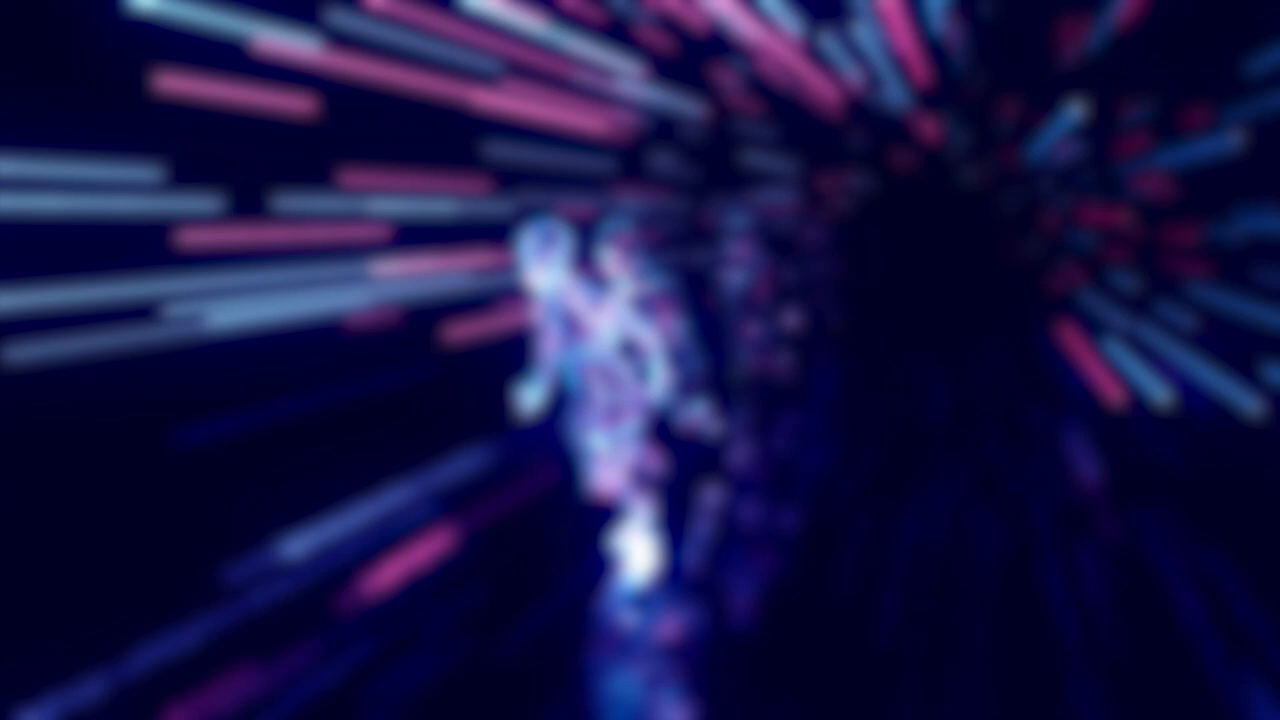 Understanding the trade-off between visual quality and performance
Understanding the trade-off between visual quality and performance
Performance Tracking
Tracking performance metrics is crucial for optimizing your WebGL content effectively. By keeping an eye on memory usage, the number of draw calls, and the frame rate of your application, you can identify any bottlenecks and make informed decisions on how to allocate your resources.
Draw Calls, Materials, Textures, and Shadows
Let's dive into the specific optimization techniques for reducing draw calls, using efficient materials, optimizing textures, and rendering shadows.
Draw Calls
Draw calls can be a significant performance bottleneck. Techniques like mesh merging, instancing, and level of detail (LOD) can help reduce draw calls.
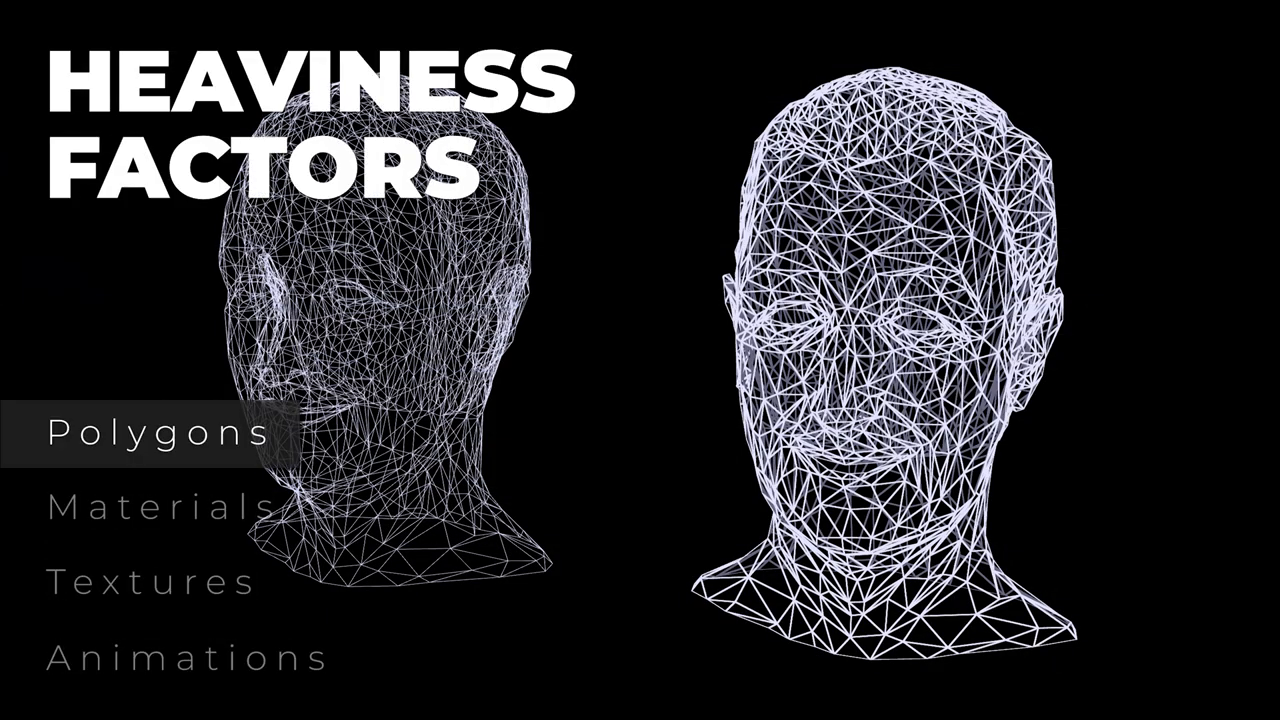 Mesh merging for reducing draw calls
Mesh merging for reducing draw calls
Materials
Using efficient materials can also improve performance. Techniques like using a color palette, ORM textures, and transmission textures can help reduce the material overhead.
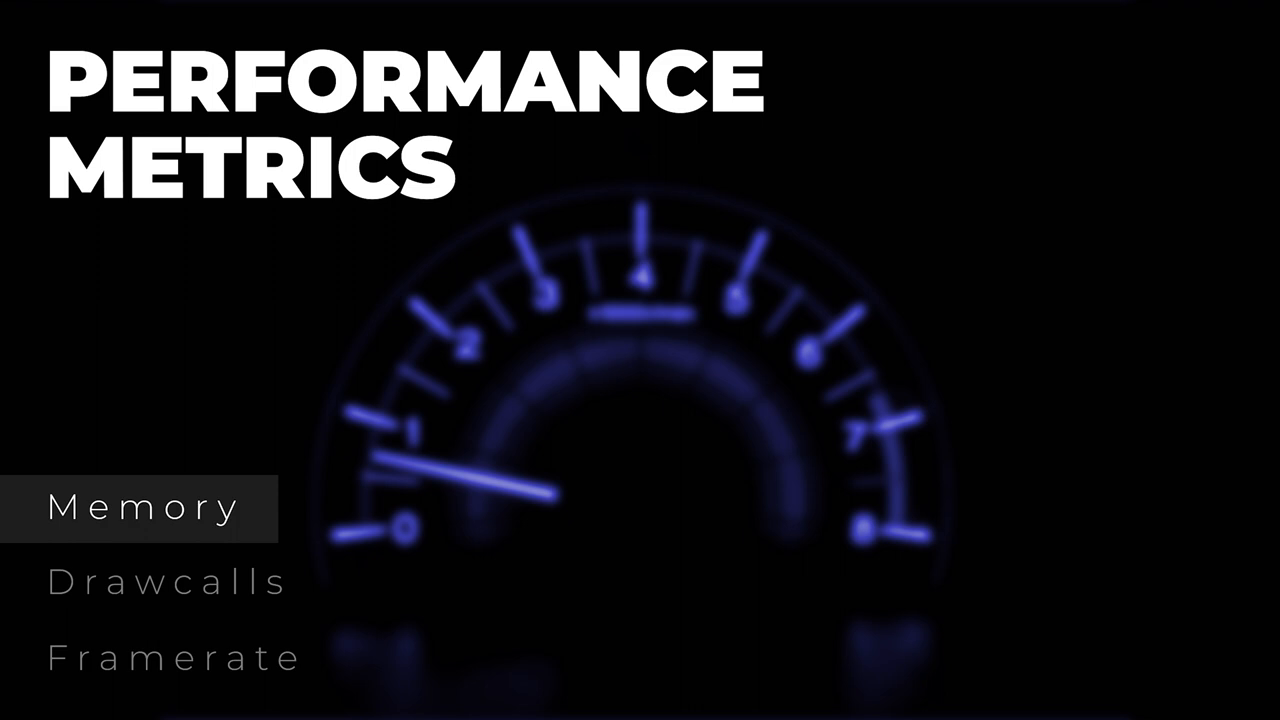 Using a color palette for efficient materials
Using a color palette for efficient materials
Textures
Optimizing textures is crucial for performance. Techniques like splitting large textures into smaller ones, using texture atlasing, and compressing textures can help reduce texture overhead.
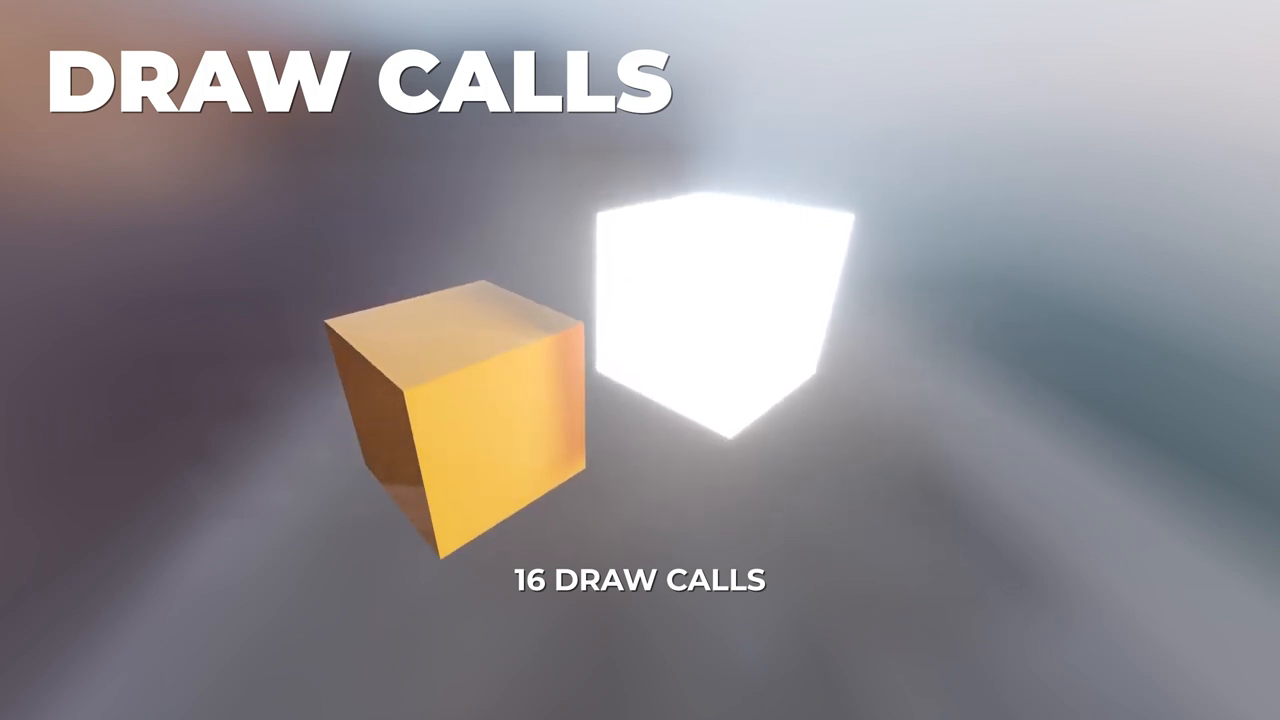 Splitting large textures into smaller ones
Splitting large textures into smaller ones
Shadows
Shadows can be a significant performance bottleneck. Techniques like using shadow maps, directional light shadows, and ambient occlusion can help improve performance.
 Using shadow maps for efficient shadows
Using shadow maps for efficient shadows
Case Studies
Let's analyze two websites that have implemented performance optimization techniques.
The Unconventional Gallery - Ruinart
The Unconventional Gallery - Ruinart website uses a combination of techniques like mesh merging, color palettes, and ORM textures to achieve a high level of performance.
Kode Club - Merci-Michel
The Kode Club - Merci-Michel website uses a combination of techniques like instancing, level of detail (LOD), and post-processing effects to achieve a high level of performance.
Conclusion
Optimizing Three.js scenes for performance requires a deep understanding of the factors that impact performance. By using the techniques outlined in this guide, you can create beautiful and well-optimized experiences that run seamlessly on most devices. Remember to always keep an eye on performance metrics and adjust your optimization techniques accordingly.
 Using optimization techniques to create high-performance experiences
Using optimization techniques to create high-performance experiences

